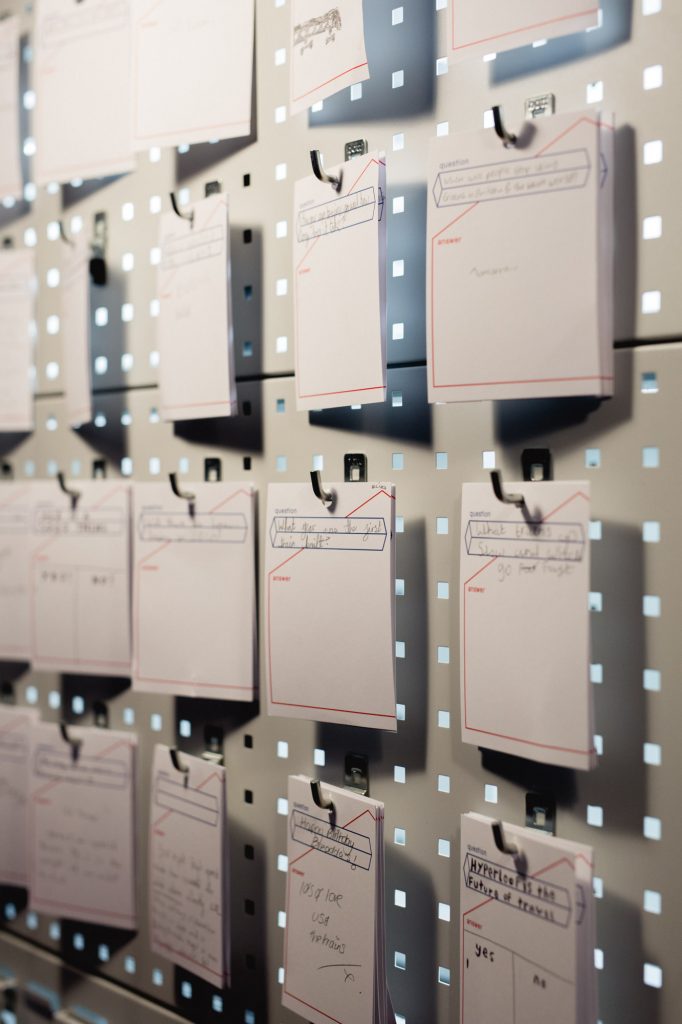Here at the National Railway Museum we’re helping to change the world by inspiring the next generation of engineers. Key to that is an idea that is central to how we think and how we share our story with our visitors. Are you sitting comfortably? Then let me tell you about Science Capital.
Science Capital is a fancy pair of words for how comfortable people are with science and engineering stories. Think of it like a backpack. If you have high levels of Science Capital, it’s full of ideas and knowhow. When you come across an engineering problem, you’ve got the tools you need to solve it. When you come across an interesting story about the latest scientific breakthrough, you’re able to understand how it will shape the future. With a backpack full of Science Capital, you’re more likely to feel that science and engineering are useful and important to your life.
But what happens if you reach into your backpack and there are only a few empty crisp packets and that old pair of socks you meant to throw away ages ago? Chances are you’ll feel uncomfortable with science and engineering. You’re less likely to have confidence when faced with the subject and, crucially, you’re not going to see yourself as the type of person who ‘does’ science and engineering.
At the National Railway Museum we believe that everyone has the skills to become a scientist or an engineer. We’re all about making it easy you fill your backpack so that you believe that too. We want our museum to be a place where everyone gets to feel the wonder of science and engineering.
So, how are we helping people do that? If you’ve been to the museum in the past year or so, you’ll have seen us doing things a little differently. Take for example our recent exhibition Testing. This exhibition tells the story of how experimenting and prototyping drive innovation on our railways. Look very closely and you’ll notice that there’s only one object (the Hitachi Class 800 cab) that comes from our collection. Everything else is loaned straight from the people who are out there making today’s railways happen.
Talking about people, we’ve made the exhibition all about them. By making a diverse range of people the subject of the exhibition, we’ve shown that engineering isn’t just done by engineers.
It relies on all sorts of people from different backgrounds to make it happen. Without technicians like Lindsay, students like Nadezda or architects like Graham, these great engineering projects would never get off the ground.
We’ve worked hard on how we tell those stories to make sure that they are inclusive and relatable. We want our visitors to see the people in the exhibition as ordinary people just like them but doing extraordinary things with their skills. To do this we’ve kept the language of the labels open, friendly and jargon free. We’ve also highlighted where people might recognise the science and engineering skills they already have. For example, in Lindsay’s section, we talk about how her work analysing soil samples is a bit like cooking.
“I use a cheese grater to break down the soil samples, we mix it like a cake and then we bake it in an oven.”
We’ve also tried to get people talking about science and engineering. Our question and answer wall encourages visitors to be curious and ask other visitors those burning questions they have about the future of the railways. Other visitors passing by are encouraged to have a go at answering them. This has been really popular and we’ve had some great questions, from ‘can trains run on solar power’ to ‘why do trains not have seat belts’ to the slightly more random ‘does my cat need a ticket to travel on a train’.

What has been really encouraging is to see so many answers. It’s feels like a real conversation has been happening and I hope that people have been learning a lot from talking to each other.
All of this has been designed to make the stories we tell easy to relate to, applicable to people’s everyday lives and show in the clearest terms what a difference they will make. So if you’re feeling a little low on Science Capital, a visit to the National Railway Museum is the perfect place to fill your backpack and, while you’re at it, get rid of those old socks!
